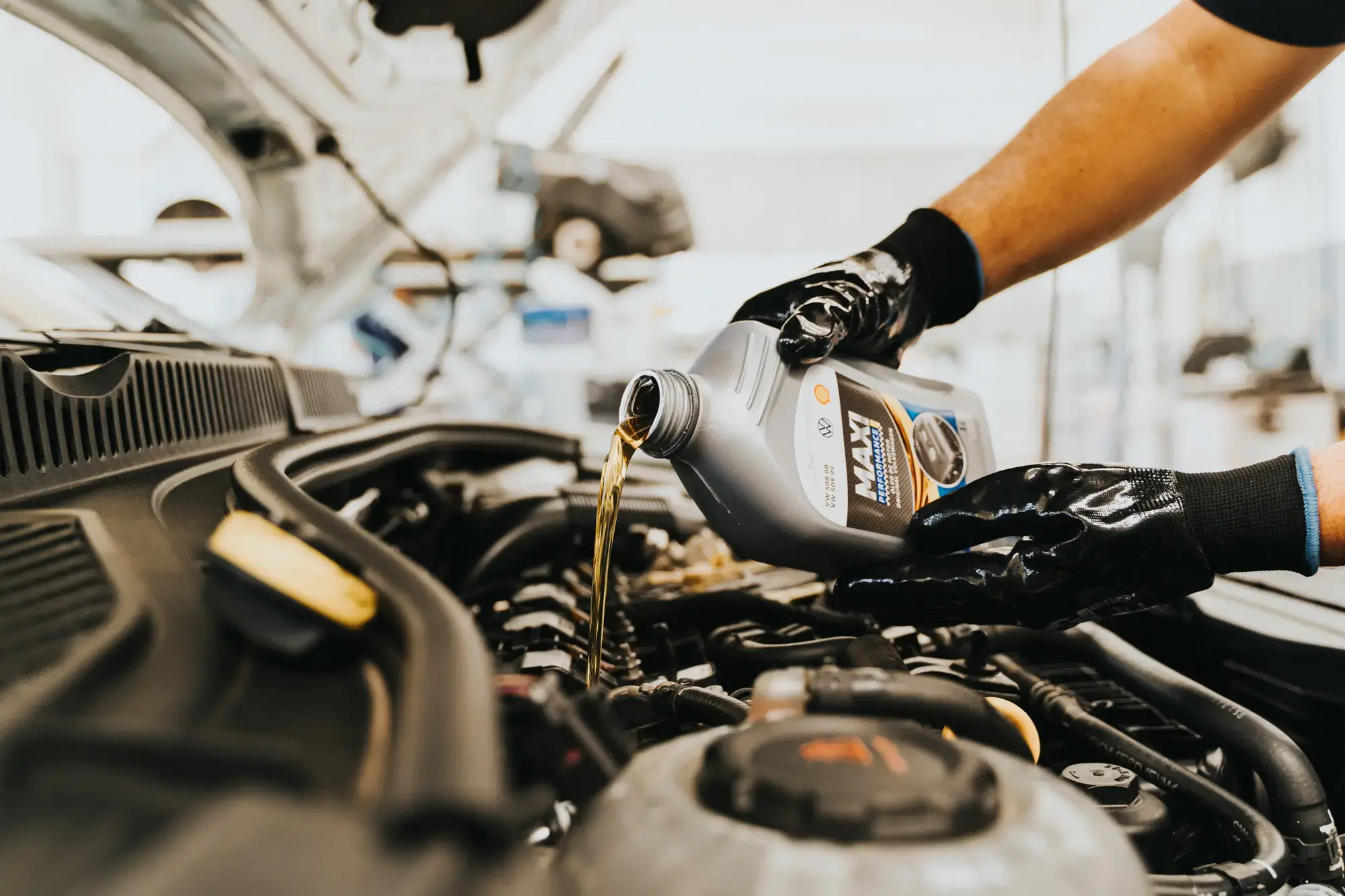Your auto is a complex device with multiple interconnected systems functioning in harmony. It can be testing to identify the resource of the problem without proper devices when something goes incorrect. An analysis test is a powerful option that allows technicians to promptly and properly determine issues within your lorry. Right here's just how a diagnostic test works and the benefits it supplies for your auto.
What Is an Analysis Test? A diagnostic test entails utilizing a specialized scanner to link to your auto's Onboard Diagnostics System (OBD-II) This system keeps track of numerous parts of your lorry, such as the engine, transmission, exhaust, and electronic devices, for irregularities. When a trouble happens, the OBD-II system creates mistake codes, which can after that be obtained and analyzed by an analysis tool.
These codes provide ideas concerning the malfunction, allowing specialists to address the concern effectively.
Just How Does an Analysis Test Job? Scanning for Mistake Codes. The diagnostic tool connects to the OBD-II port, which is commonly located under the control panel. The scanner interacts with the auto's onboard computer to extract stored error codes.
![]()
Deciphering the Issue. Each mistake code matches to a certain problem or system. For example, a P0171 code indicates a problem with the air-fuel combination, while a P0301 code represents a misfire in cyndrical tube one.
Guiding More Examination. While mistake codes give beneficial details, they don't always inform the whole tale. Professionals might perform added examinations or assessments to verify the origin and determine any type of underlying problems.
What Issues Can an Analysis Examination Discover? Analysis examinations can discover a variety of issues, including:
Engine misfires or delaying. Transmission breakdowns. Faulty sensors, such as oxygen or mass airflow sensors. Troubles with the gas shot system. Electrical problems, such as battery or generator troubles. Additionally, analysis devices can keep an eye on efficiency metrics like gas effectiveness, helping to determine inefficiencies.
![]()
Advantages of a Diagnostic Examination. Precision in Identifying Issues. As opposed to counting on guesswork, analysis examinations pinpoint the specific source of the issue, guaranteeing that fixings are targeted and reliable.
Time and Cost Cost Savings. By narrowing down the concern swiftly, an analysis test minimizes the time and labor involved in troubleshooting. This efficiency commonly translates into reduced repair service costs.
Early Trouble Discovery. Analysis examinations can identify concerns prior to they rise, enabling timely fixings that avoid significant breakdowns or costly damages.
![]()
Enhanced Automobile Efficiency. Dealing with issues determined through diagnostics assists maintain your cars and truck's performance, fuel effectiveness, and reliability.
When Should You Obtain an Analysis Test? Inspect Engine Light: If this caution light appears on your dashboard, it's a clear indication that a diagnostic examination is needed. Uncommon Signs and symptoms: Strange sounds, poor velocity, or minimized gas economic climate typically suggest underlying problems. Regular Upkeep: Routine analysis examinations can uncover covert issues, guaranteeing your car remains in peak problem. Conclusion. An analysis test is an important tool for modern-day car maintenance. By leveraging sophisticated modern technology, it gives exact and fast insights into your automobile's wellness, enabling specialists to attend to problems successfully. Whether you're dealing with a caution light or just desire comfort, an analysis examination is the key to maintaining your car running smoothly and safely.
What Is an Analysis Test? A diagnostic test entails utilizing a specialized scanner to link to your auto's Onboard Diagnostics System (OBD-II) This system keeps track of numerous parts of your lorry, such as the engine, transmission, exhaust, and electronic devices, for irregularities. When a trouble happens, the OBD-II system creates mistake codes, which can after that be obtained and analyzed by an analysis tool.
These codes provide ideas concerning the malfunction, allowing specialists to address the concern effectively.
Just How Does an Analysis Test Job? Scanning for Mistake Codes. The diagnostic tool connects to the OBD-II port, which is commonly located under the control panel. The scanner interacts with the auto's onboard computer to extract stored error codes.

Deciphering the Issue. Each mistake code matches to a certain problem or system. For example, a P0171 code indicates a problem with the air-fuel combination, while a P0301 code represents a misfire in cyndrical tube one.
Guiding More Examination. While mistake codes give beneficial details, they don't always inform the whole tale. Professionals might perform added examinations or assessments to verify the origin and determine any type of underlying problems.
What Issues Can an Analysis Examination Discover? Analysis examinations can discover a variety of issues, including:
Engine misfires or delaying. Transmission breakdowns. Faulty sensors, such as oxygen or mass airflow sensors. Troubles with the gas shot system. Electrical problems, such as battery or generator troubles. Additionally, analysis devices can keep an eye on efficiency metrics like gas effectiveness, helping to determine inefficiencies.

Advantages of a Diagnostic Examination. Precision in Identifying Issues. As opposed to counting on guesswork, analysis examinations pinpoint the specific source of the issue, guaranteeing that fixings are targeted and reliable.
Time and Cost Cost Savings. By narrowing down the concern swiftly, an analysis test minimizes the time and labor involved in troubleshooting. This efficiency commonly translates into reduced repair service costs.
Early Trouble Discovery. Analysis examinations can identify concerns prior to they rise, enabling timely fixings that avoid significant breakdowns or costly damages.

Enhanced Automobile Efficiency. Dealing with issues determined through diagnostics assists maintain your cars and truck's performance, fuel effectiveness, and reliability.
When Should You Obtain an Analysis Test? Inspect Engine Light: If this caution light appears on your dashboard, it's a clear indication that a diagnostic examination is needed. Uncommon Signs and symptoms: Strange sounds, poor velocity, or minimized gas economic climate typically suggest underlying problems. Regular Upkeep: Routine analysis examinations can uncover covert issues, guaranteeing your car remains in peak problem. Conclusion. An analysis test is an important tool for modern-day car maintenance. By leveraging sophisticated modern technology, it gives exact and fast insights into your automobile's wellness, enabling specialists to attend to problems successfully. Whether you're dealing with a caution light or just desire comfort, an analysis examination is the key to maintaining your car running smoothly and safely.
Latest Posts
Discover Affordable Pre-Owned Vehicles to Buy from Subaru of Boone in Boone, North Carolina.
Published Jan 08, 25
1 min read
The Importance of Pre-Purchase Vehicle Inspections
Published Jan 08, 25
1 min read
Discover Exclusive Solution Advertisings at Bill Walsh Honda
Published Jan 08, 25
1 min read
Navigation
Home
Latest Posts
Discover Affordable Pre-Owned Vehicles to Buy from Subaru of Boone in Boone, North Carolina.
Published Jan 08, 25
1 min read
The Importance of Pre-Purchase Vehicle Inspections
Published Jan 08, 25
1 min read
Discover Exclusive Solution Advertisings at Bill Walsh Honda
Published Jan 08, 25
1 min read